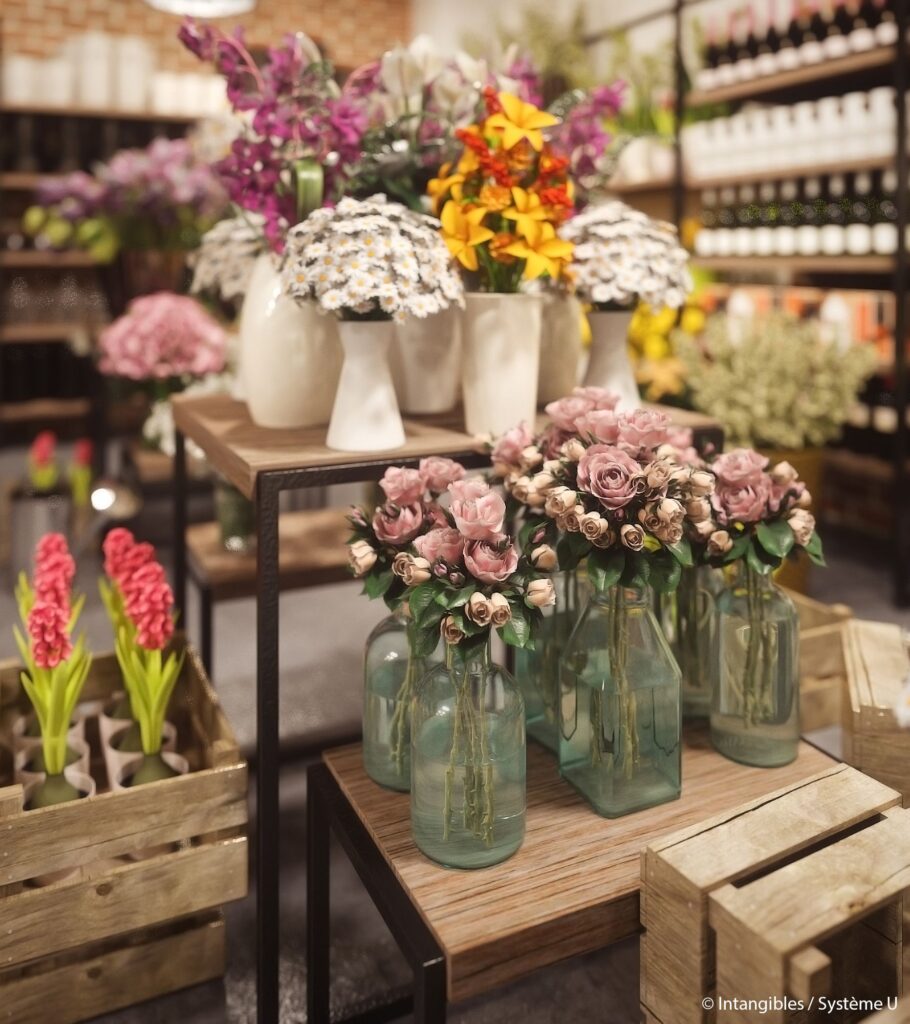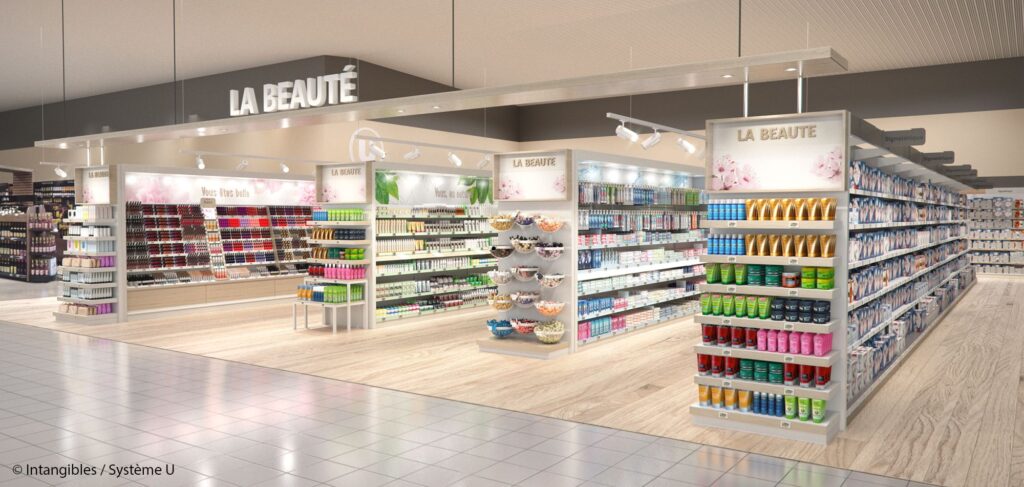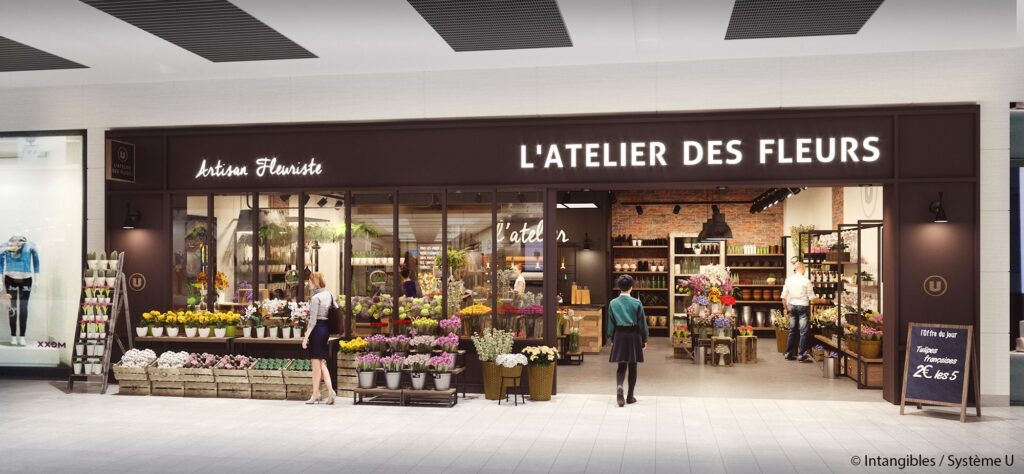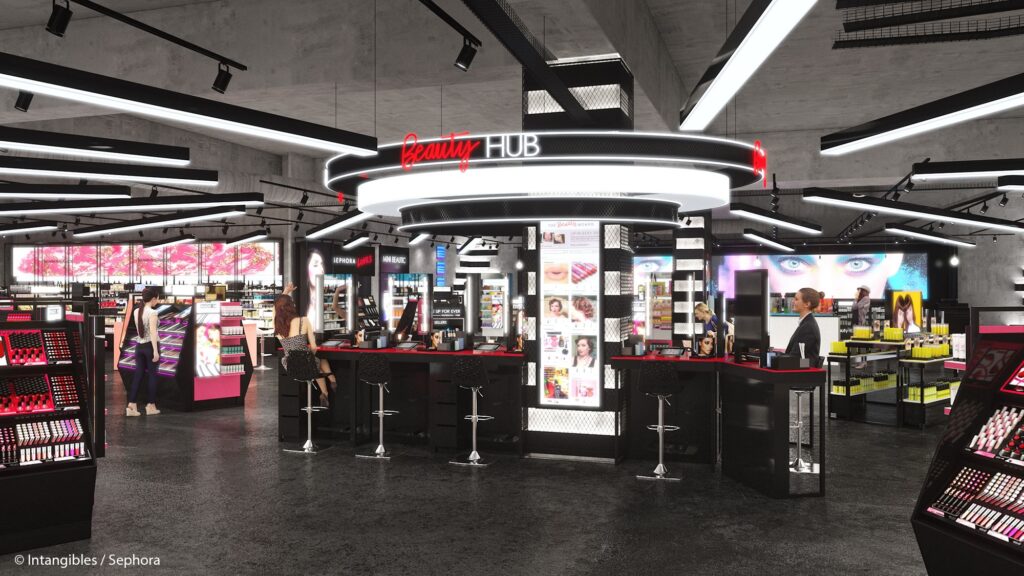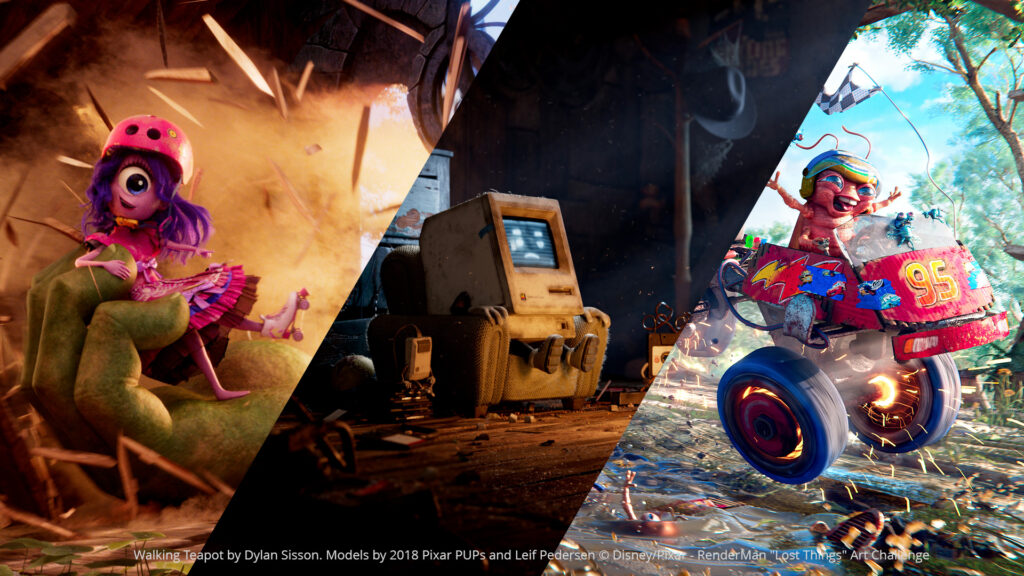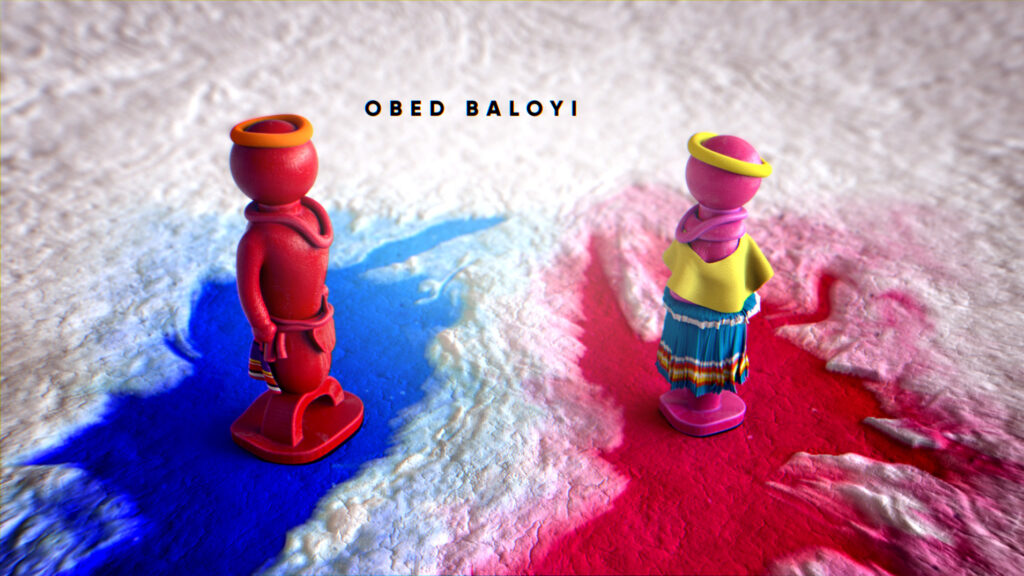Expert’s words: Nicolas Caplat, CG Supervisor and 3D graphic designer
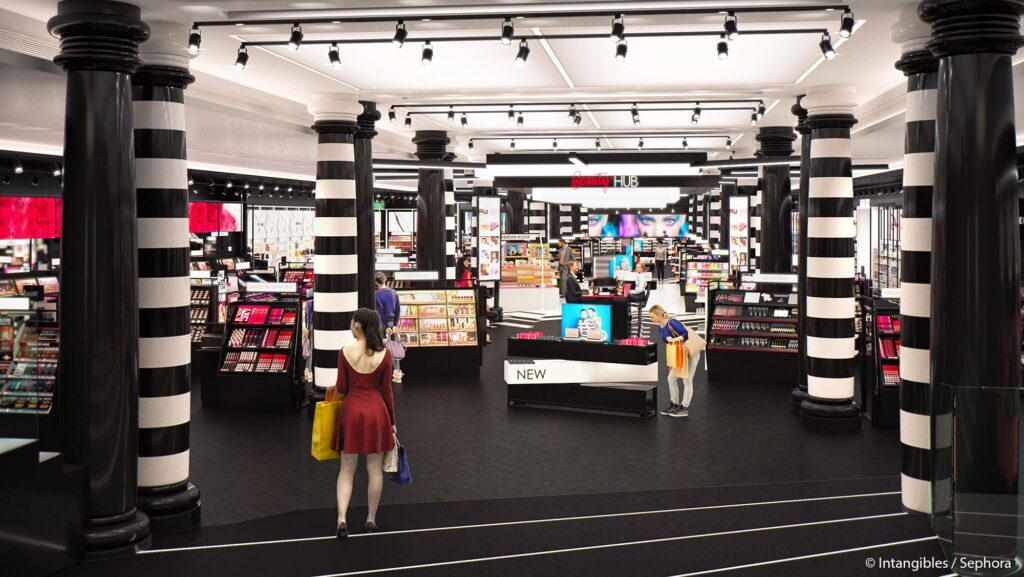

Nicolas Caplat has a 20 years experience in the 3D world and first started as a freelancer for the luxury, cosmetics, events or archviz industries, among others. 3ds Max expert, Primary Certified Instructor on Corona, he has driven for 5 years the 3D department of Intangibles Assets Design, a parisian design agency specialized in the retail industry.
Retail has deeply changed in the last few years. How did 3D images support and accompany the evolution of this sector?
3D has become a precious ally for both creative minds and clients, to assist them in the development of concepts. The realistic approach of lighting and shading, and the multiplication of previews while working makes it much easier to imagine the final project, allowing any necessary adjustements before the final development and the construction itself. The cherry on the cake is when a client compares the 3D project with the physical store at the opening and finds that the result is in line with what he bought. Then you can say “mission accomplished”.
Besides, the evolution of tools combined with the one of materials enables, to me, a much more elaborate treatment of specific stakes of the retail industry, whether it is the store layout or the visual merchandising. For instance, an elaborate merchandising implies to handle a great quantity of objects and maps… 15 years ago, it would have been very complicated, not to say impossible, to make such complex scenes.
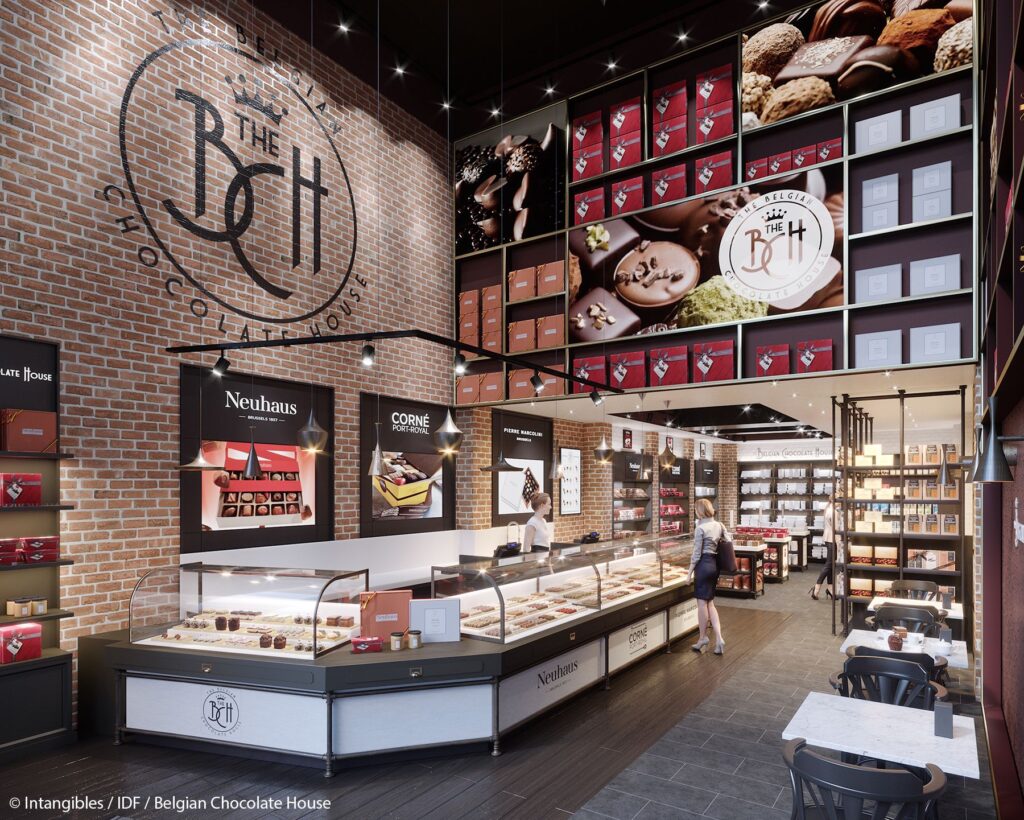
You have worked for several industries apart from retail, like luxury, events, archviz or real estate: which one has been the most enriching for you?
All sectors I have worked for have contributed to build my strong experience.However, luxury and retail played a major role for various reasons.
First, luxury because this sector is a hard-liner: these kind of projects -and clients- encourage you to push further your modeling, shading and lighting technics. Usually, there are few elements to handle, but each one must be executed in the most elaborate and detailed way, especially if there are close-ups to highlight specific aspects of the project. This somehow matches my conception of 3d creation as crafting. For these reasons, I particularly liked working on projects for Cartier, Bogh’Art or Karl Lagerfeld with Studio Parisien a few years ago.
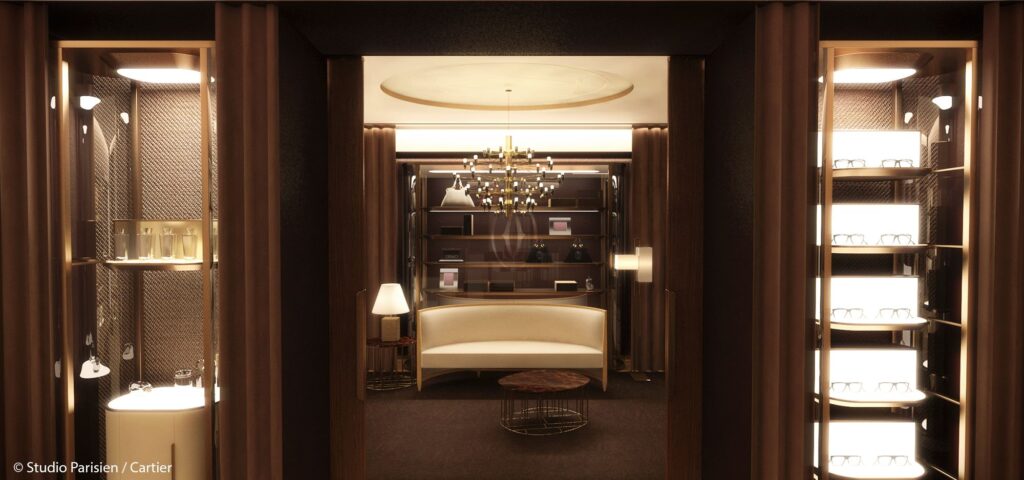
In a second time, retail, because it is very demanding on the scene organization and handling side, and also renderers optimization. For instance if you work on a project for the Sephora shop on the Champs Elysees with all the products inside, you must rationalize each aspect of the scene: adapted layers management, Xrefs approach, intensive use of proxies… just to mention a few optimization tips. If you don’t do that, you can make any machine crash, no matter how powerful it is.
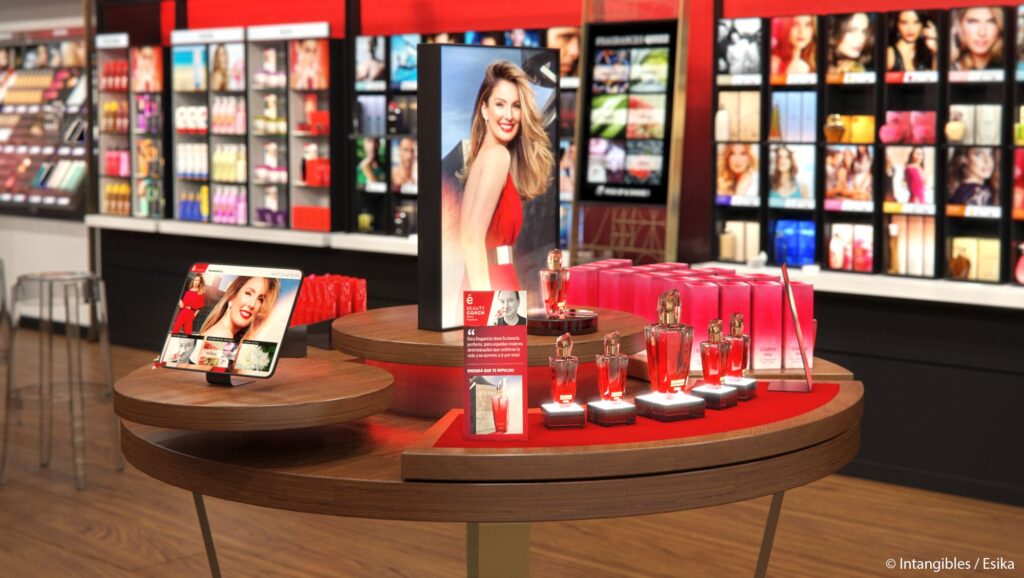
What are your thoughts about the evolution of 3D images since you started creating them and what will be the next big steps?
In two decades, 3D democratized itself a lot. Not only the tools are much more accessible (both on features and prices) but also the use is now widespread in agencies and even in clients’ companies. Images are really essential when making a decision, it isn’t considered as a gadget anymore. From a more technical perspective, the generalisation of raytracing and the diversity of renderers combined with the increase of CPUs power make it possible to obtain images more realistic and faster than you could even imagine at the beginning of the 2000s!
As for the next big steps, I really count on real time technologies. Trivialization of IPR and denoising in renderers, recent release of the NVidia RTX technology and promising Intel Xe make me think of an interesting future. However, I am still puzzled about VR but much more interested in AR. Possibilities are huge so I bet we’ll see great things coming!
